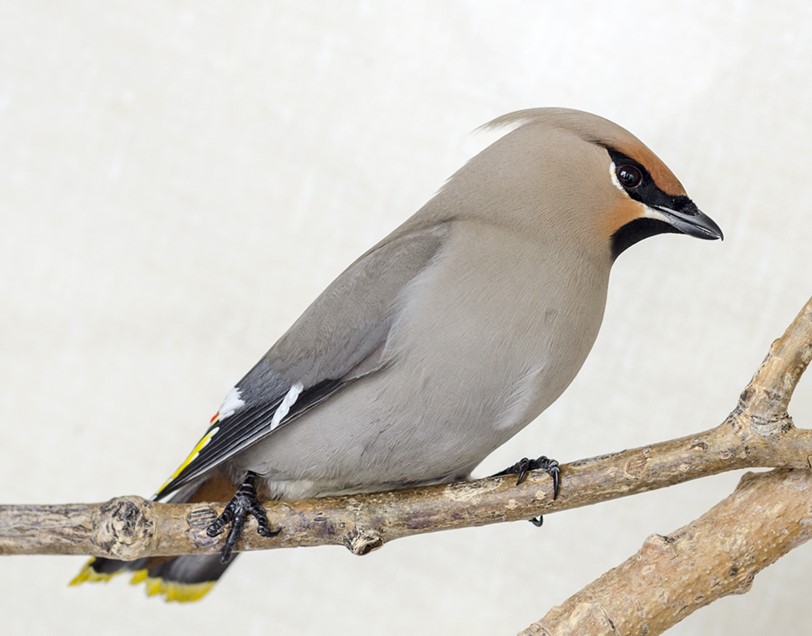
Waxwings in Alberta: Differentiation & How We Can Help!
By Julia Gaume Waxwing birds are a type of passerine songbird named for the presence of waxy tips on the wings of many species (Smithsonian’s

By Julia Gaume Waxwing birds are a type of passerine songbird named for the presence of waxy tips on the wings of many species (Smithsonian’s
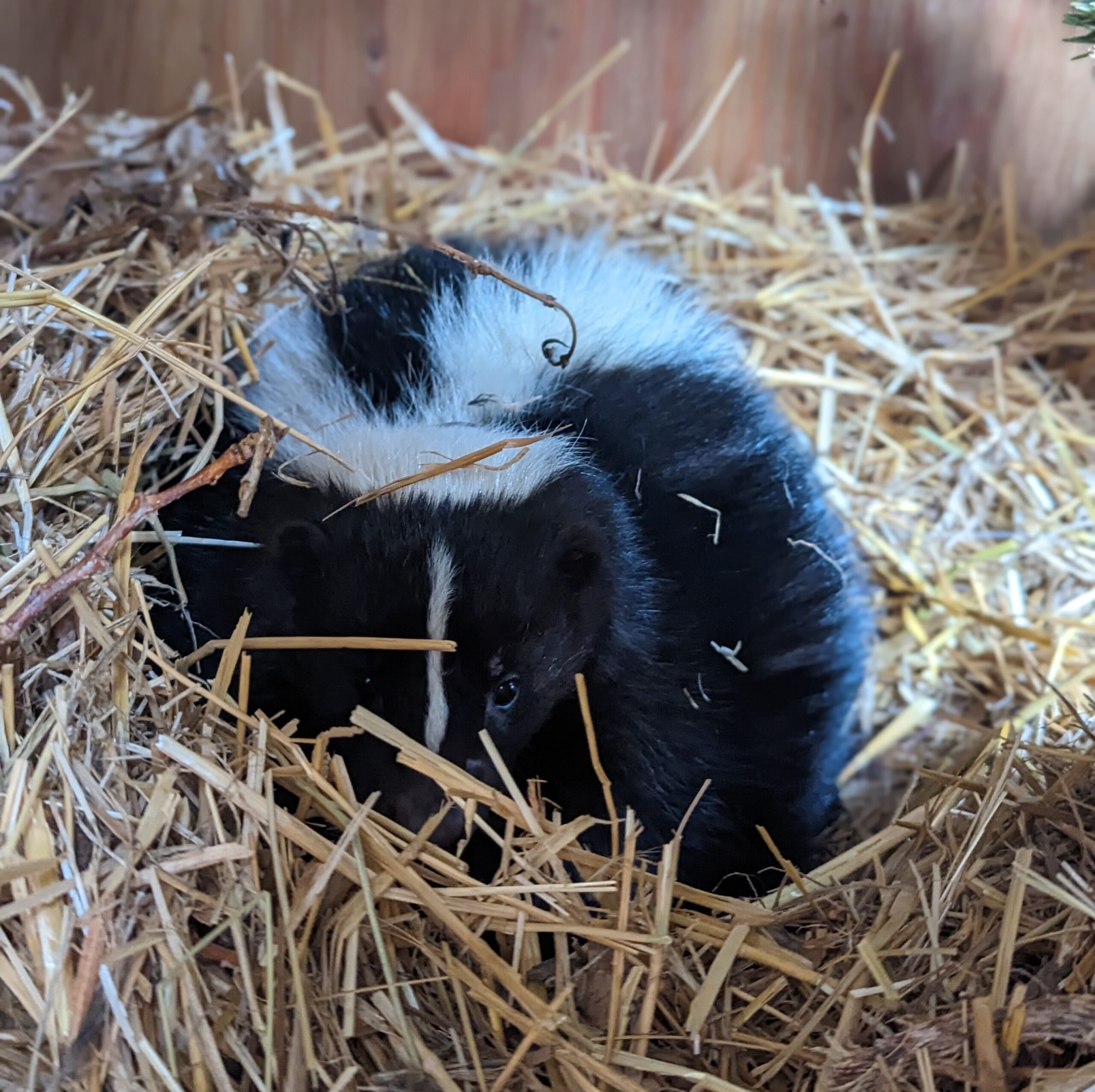
By Kendra Thomas How do skunks cope with winter? During the coldest months of winter, skunks retreat to underground dens where they enter a state
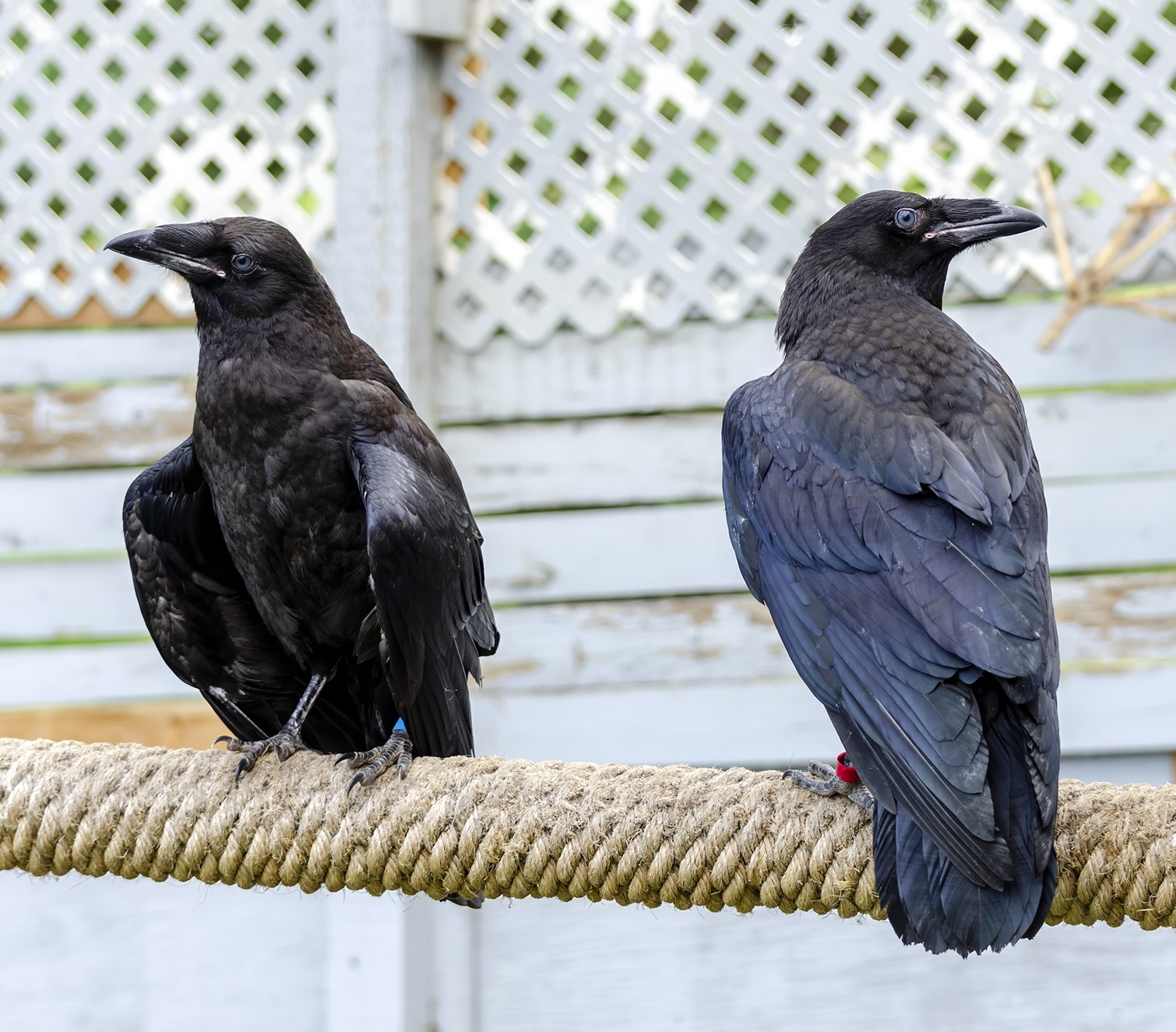
By Sydney Nelson Birds are ubiquitous on Earth: they inhabit every continent and every ecosystem, from tundra to desert and wetland to rainforest. In Alberta
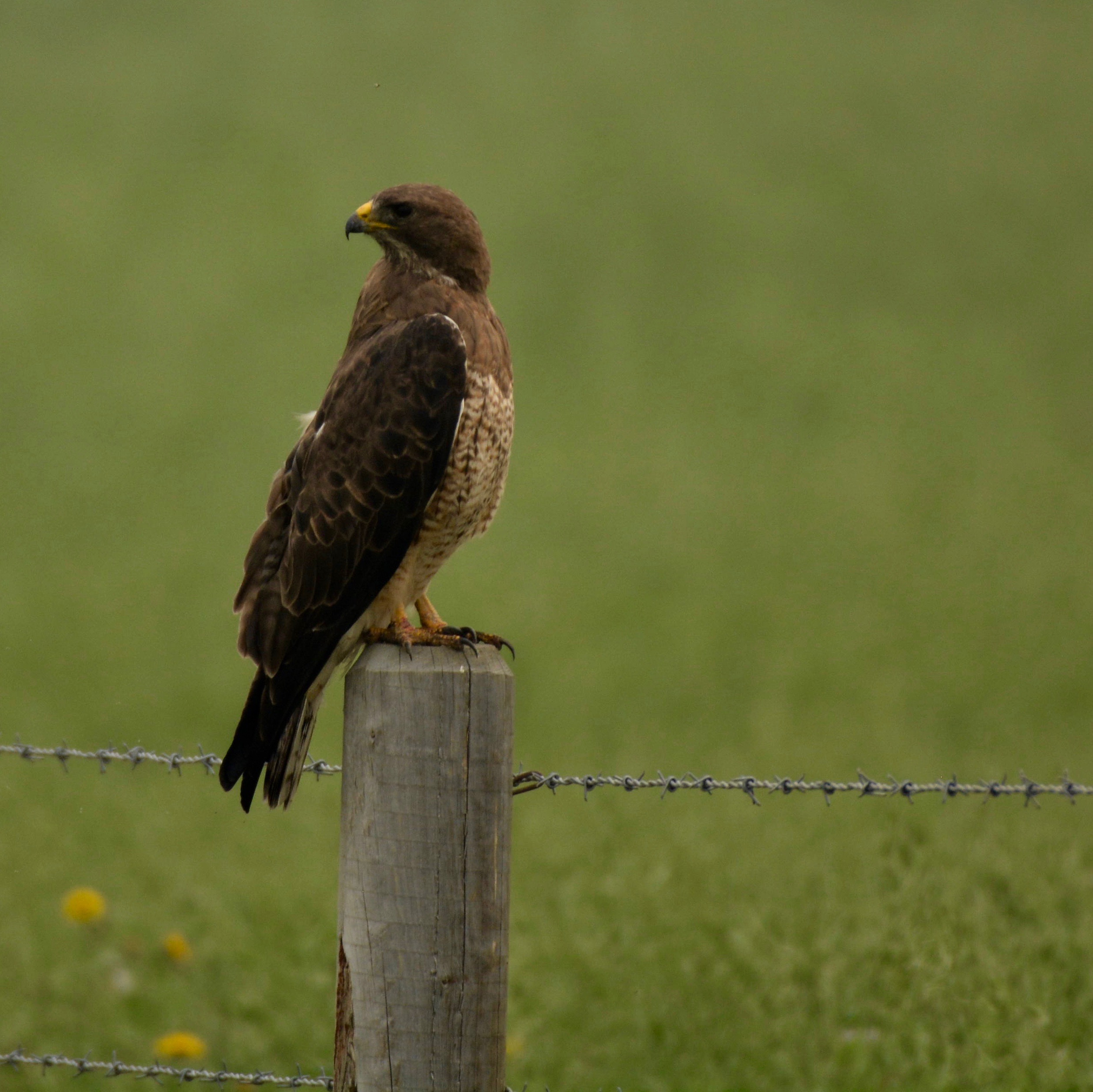
By Courtney Collins You may have seen a Swainson’s hawk (Buteo swainsoni) without even realising it as they are a common sight throughout the spring,
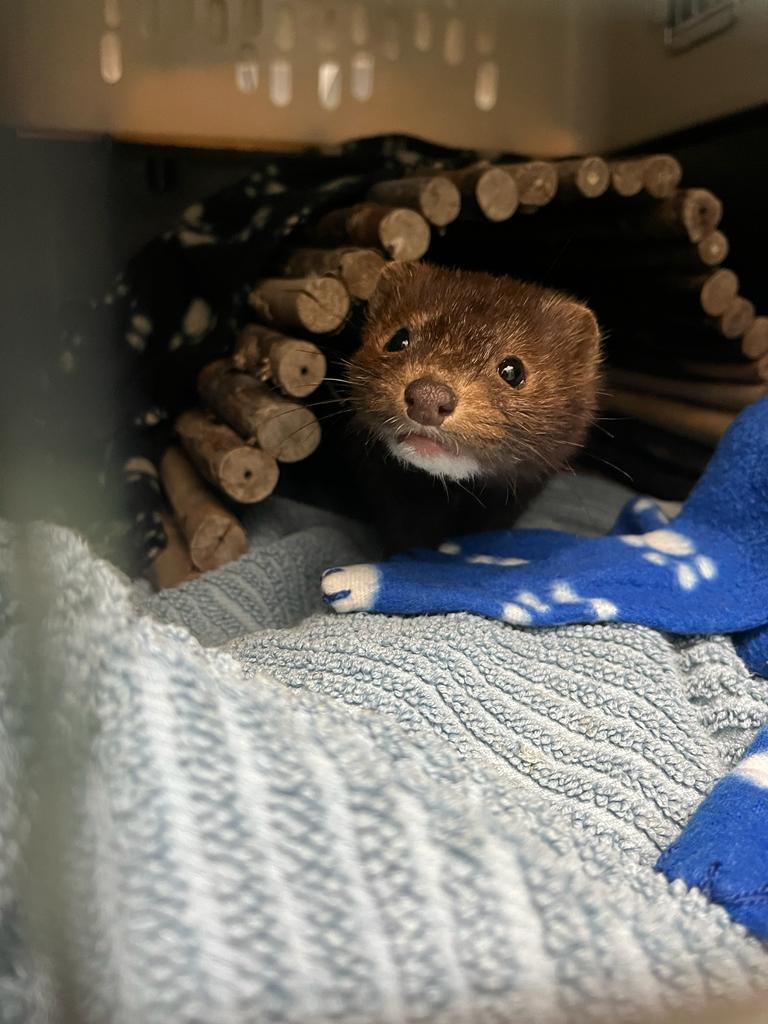
By Shalene Hughes The word “Mustelidae” is derived from the Latin word Mustela which means weasel.1 The Mustelidae are a diverse group of carnivorous mammals
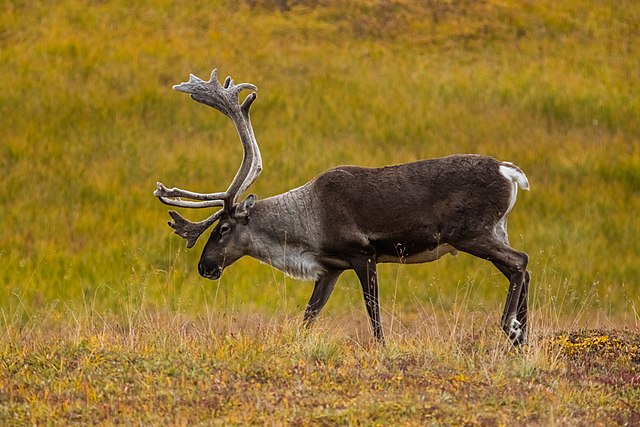
By Kendra Thomas Caribou are members of the ungulate family, a family that includes hoofed mammals such as deer and moose. Caribou can be found
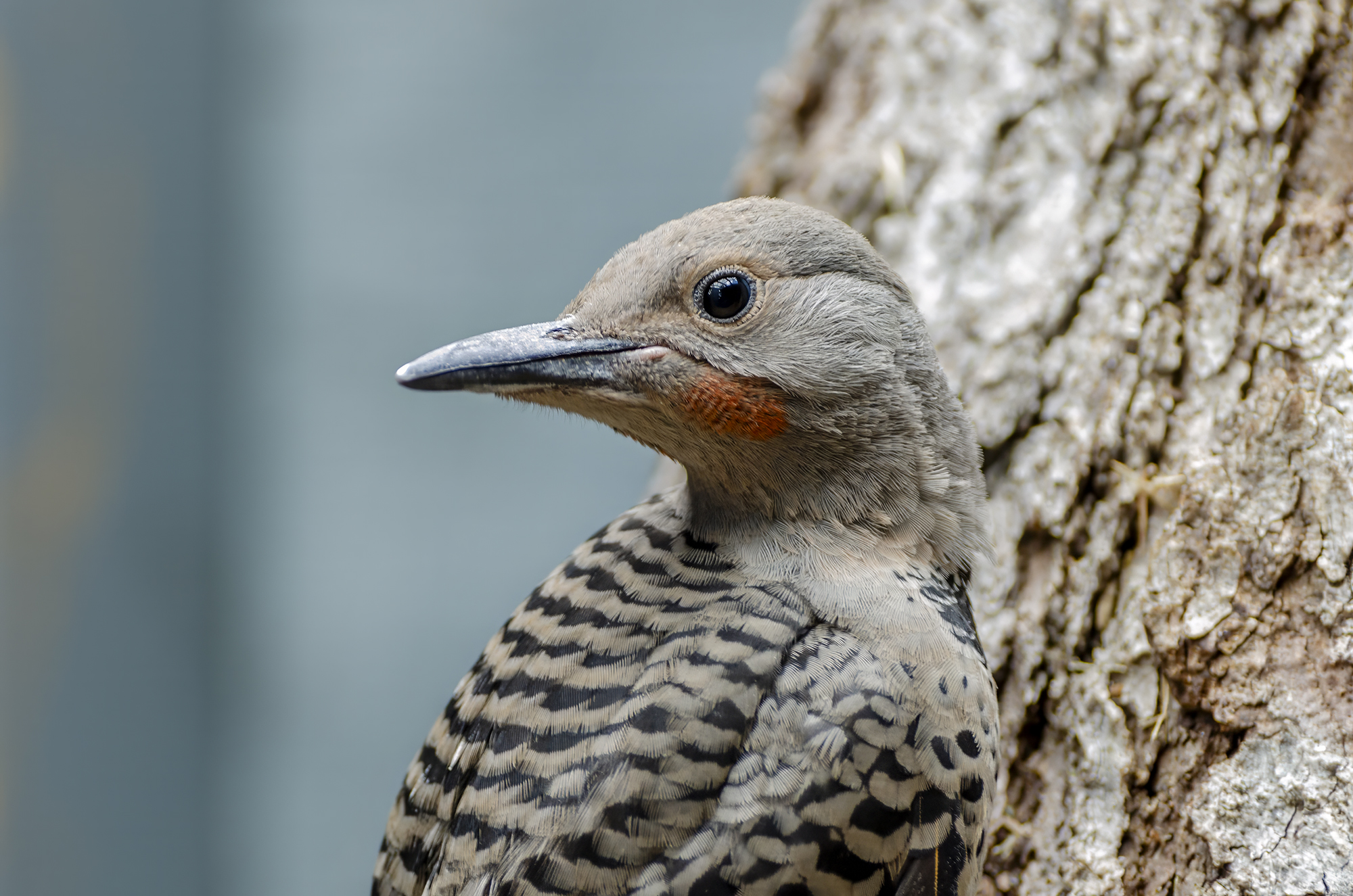
by Jennea Frischke Have you ever thought about what bird tongues look like? They are very different from our tongues. Human tongues are primarily muscular,
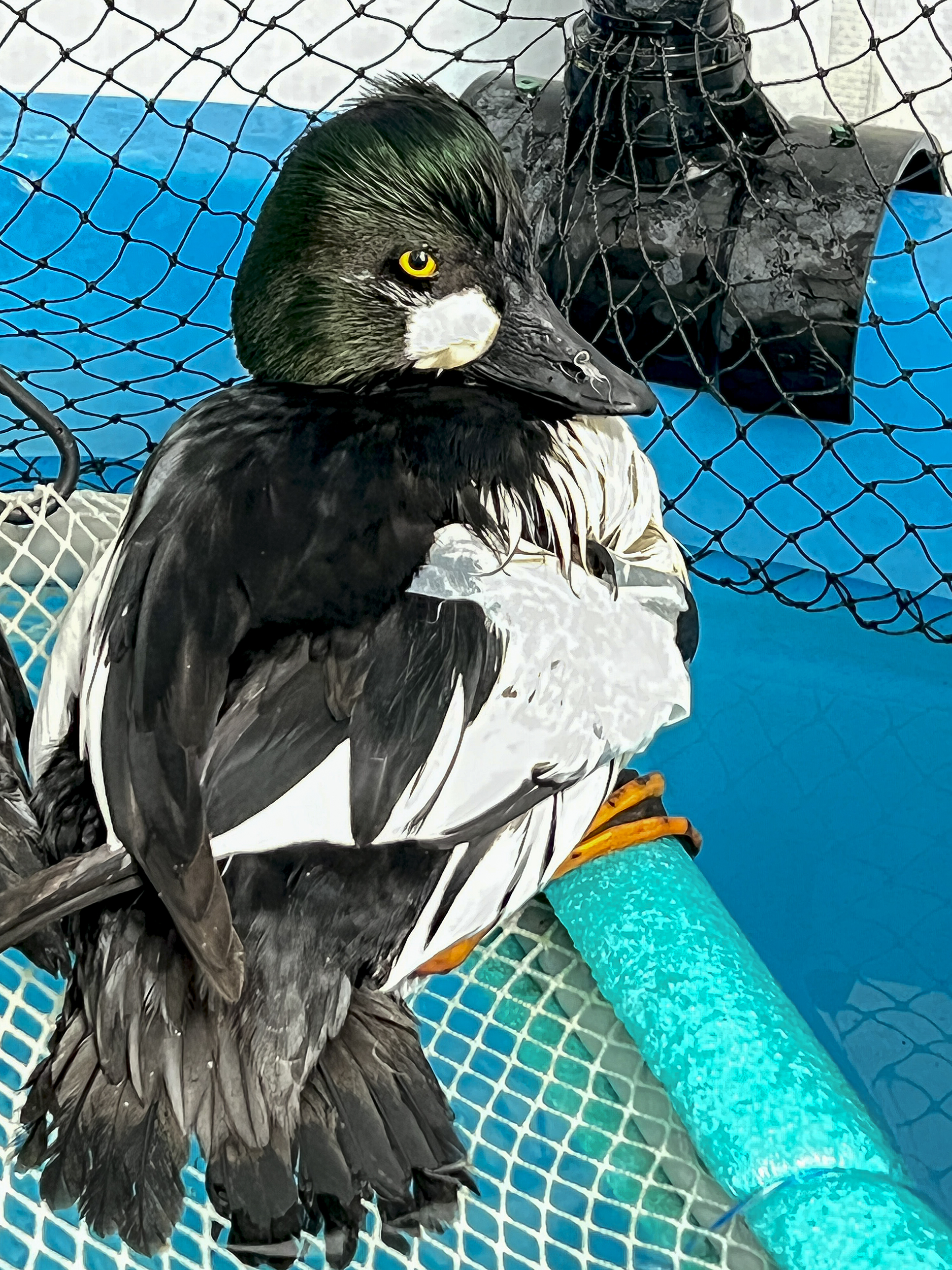
by Sydney Nelson You may know that birds are dinosaurs, or maybe you’ve heard that domestic chickens are a distant relative of the “Tyrant Lizard
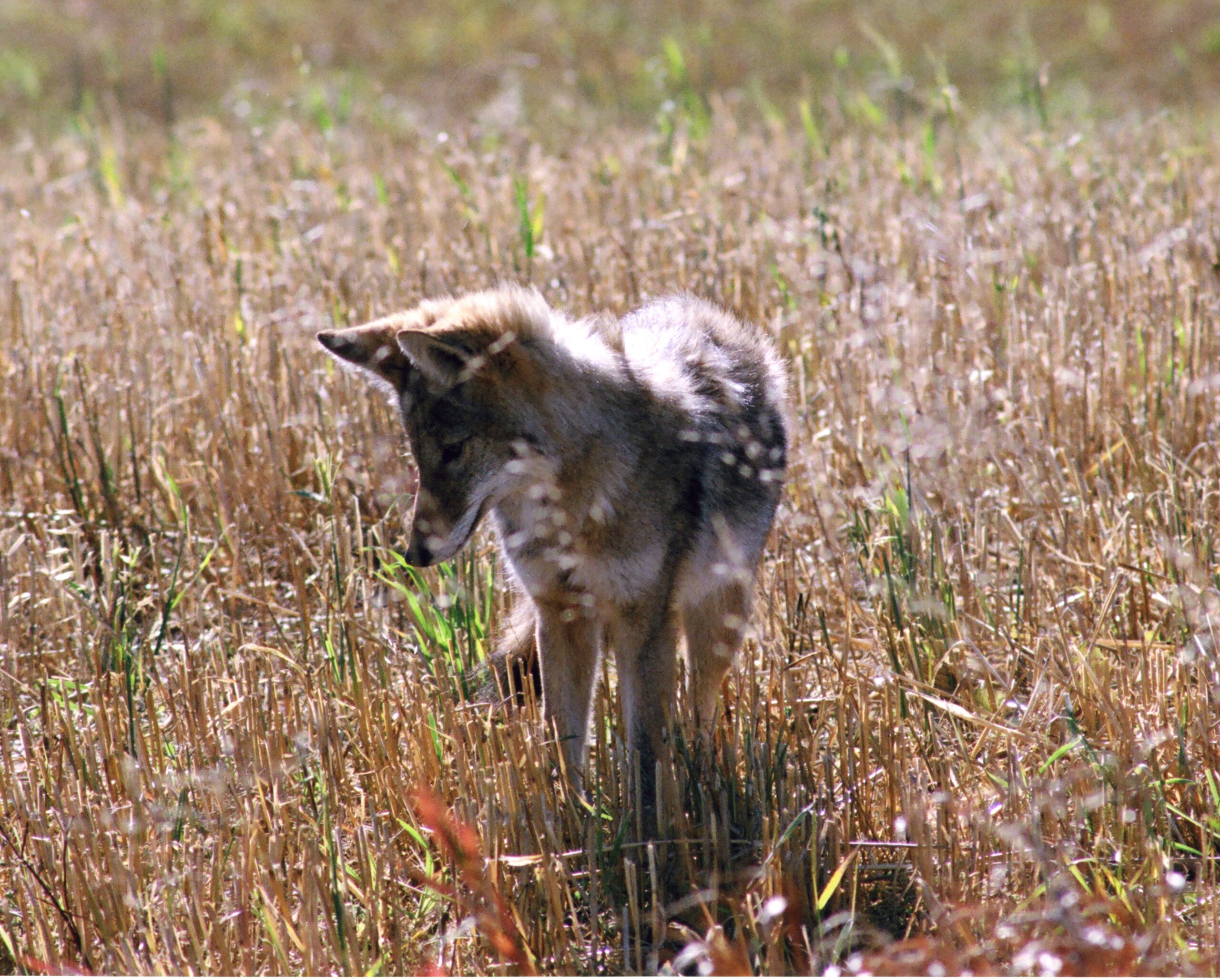
by Katie Grant The coyote is a species of canine native to North America. It is one of the seven members of the Canidae family
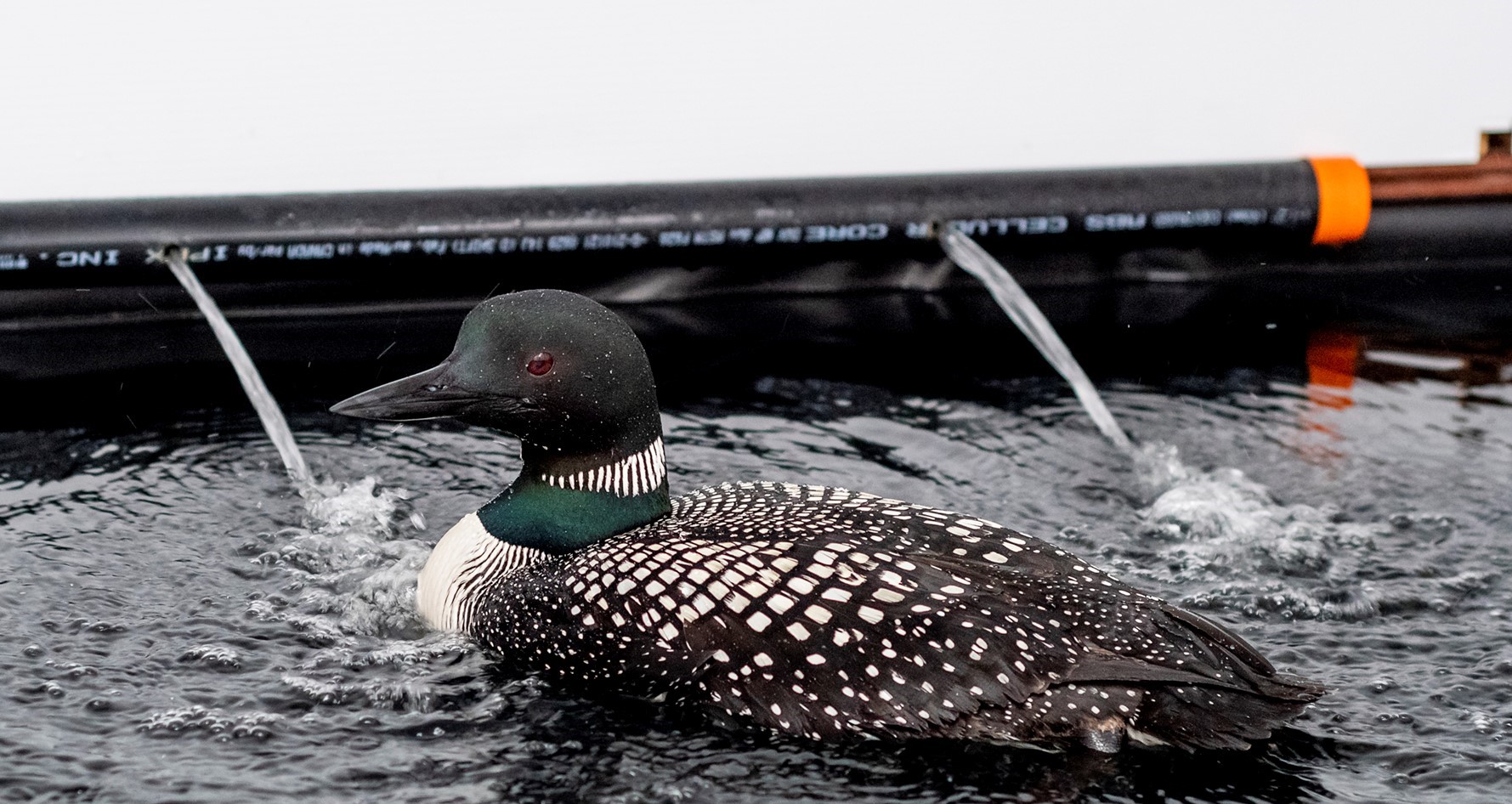
by Julia Gaume Birds have a fascinating ability that sets them apart from other animals – their natural capability to keep themselves dry when in
Charitable Registration #: 14041 6140 RR0001
Website Design by Konstruct Digital
© Copyright 2025 AIWC